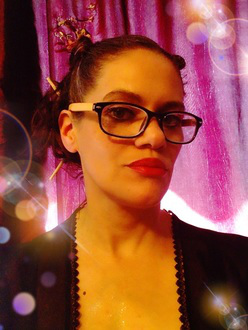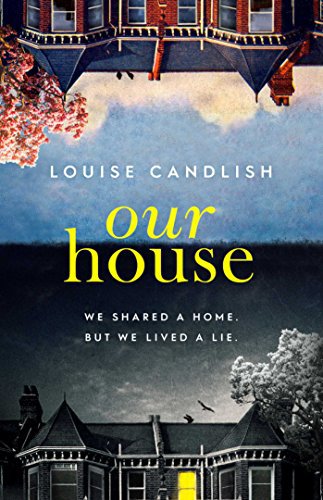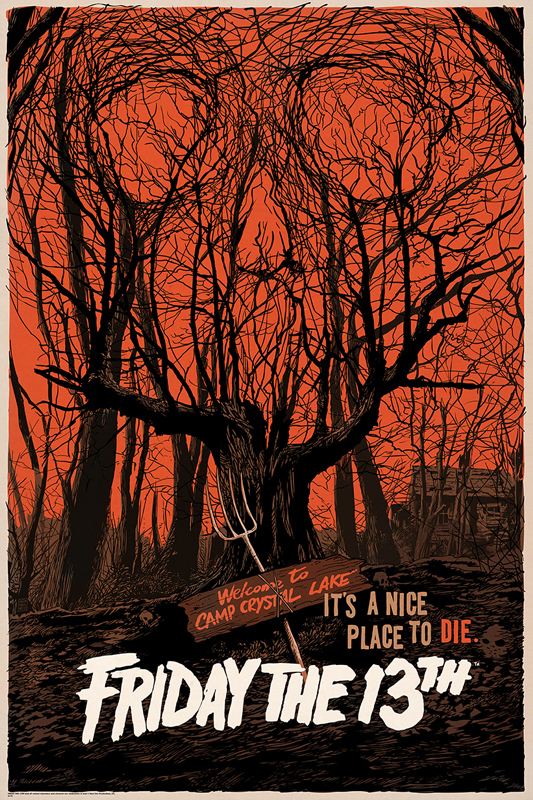Interview for The Body Horror Book
Q1. What does body horror mean to you?
I believe that people have a latent, subconscious horror of being imprisoned in their own bodies. Depending on your metaphysical philosophy, if you believe that we are all elemental conglomerations of energy and spirit put on this planet to experience earthly lessons, then our natural state is bodiless, not embodied. Think of it this way—when you board a ride at an amusement park, you cannot leave the vehicle until the ride is over, no matter whether you’re having a great time or a miserable one. I think inhabiting a body is the same. We are enslaved by its limitations and demands. And when you really begin to understand the science of the mind-body connection, it’s clear that we’re locked in this quasi-pathological symbiosis with another organism which has its own agendas, rules, and processes. That in itself is kind of terrifying, don’t you think?
Q2. Where did the idea for your chapter come from?
I have always been intrigued by the ways that pregnancy and motherhood are used in horror, most especially in those stories written by men—particularly the primordial and psychological underpinnings of male concepts and imagery of birth, pregnancy, wombs, the “alien” or demon baby touch on contemporary fears/questions about parentage, heredity and the nature/nurture debate. Additionally, cannibalism, self-destruction and body modification in relation to women, sexual viability, aging and decay (especially as relates to women in myth/fairy tales) are all fertile ground for analysis.

Kirsten Imani Kasai
Q3. Horror often reflects the fears of society, not just the individual. For example, feral youths torment nice young middle-class couples in ‘Eden Lake’ and ‘Them.’ Do you think there still exists class fear and hysteria of horror among youth within society?
Out of control teenagers make good villains, don’t they? Again, I think adolescence has its own aspects of horror in the mythos of shape-shifting. A child’s body morphs, often quite quickly, into an adult’s. It’s kind of like watching your little boy transform into the neighbourhood werewolf! We understand that the teenage mind is prone to recklessness, mood swings etc. and that those natural impulses can be warped for scandalous effect. Whether class, ethnicity, age, gender… agenda-motivated othering isolates and targets certain groups thereby reinforcing cultural and political narratives or stereotypes.
Q4. The U.K. in the 1980’s saw censorship and the banning of ‘video nasties’ such as The Evil Dead, Last House on the Left, and Cannibal Holocaust. Do you think there is ever a time where censorship should be exercised in society? Could you see that era repeating itself in the future in Australia or around the world?
New technologies always incite paranoia. Change (social, political, cultural, economical etc.) threatens the perceived stability of any system, and instability generates fear. Looking back through history, there have always been waves of mass paranoia that resulted in forms of censorship. We saw it during the Third Reich when the Nazis burned books, and to a lesser effect, here in the US when Tipper Gore started the Parents Music Resource Center (PMRC), which is responsible for those black and white advisory labels that appear on CDs etc. Yes, censorship can always find a foothold, but I think people today may be more resistant to surrendering their voice and choice to appease some political, ideological or commercial entity’s vision of what’s acceptable for public consumption.

The Book Thief – Nazi’s Burning Books
Q5. Where can we find your work? ie, where else have you appeared in print.
You can find a list of my available works (novels, short stories, poetry and essays) on my website on the Store or Writing & Art pages, and I’m on Amazon.com and BN.com. Twitter.

Advertisements Share this:





